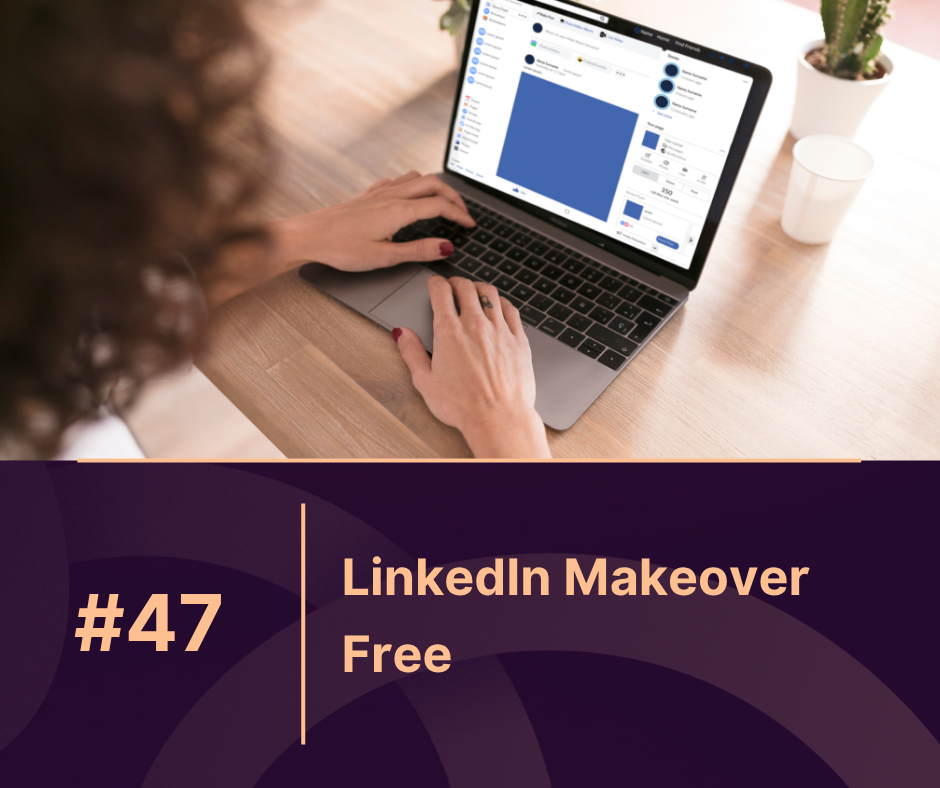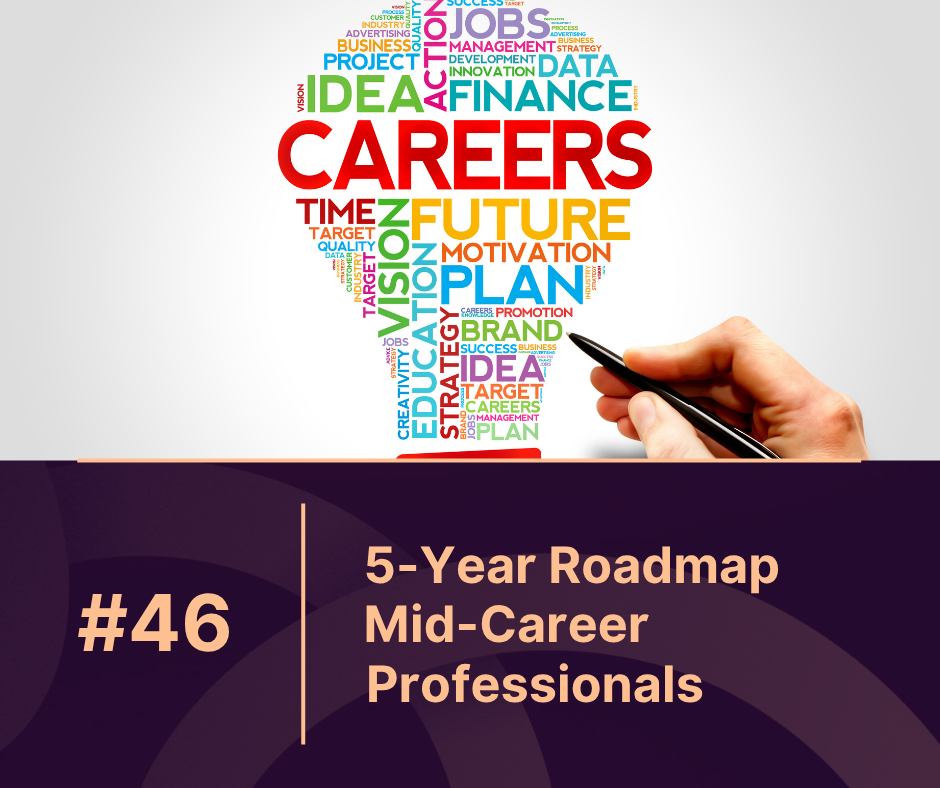Overview
A good cover letter can make or break your job application. It’s your first chance to stand out, highlight your unique skills, and show employers why you’re the ideal candidate. In today’s competitive market, a tailored, well-structured cover letter gives you a serious edge.
Below, we break down 10 proven tips based on hiring data and expert HR practices—that will help your cover letter make a lasting impression.
1. Start with a Strong Opening Statement
A compelling intro grabs the reader’s attention immediately.
Example:
“As a marketing professional with 5+ years of experience growing brand visibility by 200%, I was thrilled to see your opening for a Marketing Manager.”
Tip: Mention the job title and show passion for the role from the start.
2. Tailor It to the Job Description
Personalization shows effort and relevance.
Checklist:
-
Use the company name.
-
Refer to specific skills listed in the job ad.
-
Address the hiring manager by name if possible.
3. Highlight Your Most Relevant Experience
Focus on 1–2 key accomplishments that match the role.
| Experience Type | What to Highlight |
|---|---|
| Entry-Level | Internships, volunteer work |
| Experienced | Metrics (e.g. revenue growth, cost cuts) |
| Career Changer | Transferable skills & certifications |
4. Use Active, Confident Language
Avoid filler words and passive voice.
Weak: “I was responsible for…”
Strong: “I led a team of 5 to increase engagement by 40%.”
5. Keep It Concise
Ideal length = 250–350 words. Use short paragraphs and avoid repeating your resume.
6. Show Enthusiasm for the Company
Mention why you admire the company or are excited about the role.
Use the company’s mission or recent news to demonstrate alignment.
7. Include Hard Numbers
Hiring managers love metrics.
Examples:
-
“Reduced support ticket resolution time by 30%”
-
“Increased monthly sales by $50K through upselling strategies”
8. Close with a Clear Call-to-Action
Let them know what to expect next.
Example:
“I’d welcome the opportunity to discuss how I can contribute to your team in an interview.”
9. Use a Clean, Professional Format
Save it as a PDF or Word .doc with a proper filename (FirstName_LastName_CoverLetter.pdf).
Tools like MaxProfile let you generate professional-looking resumes and cover letters for free. Start with their AI templates today to create standout documents in minutes.
10. Proofread Twice
Use tools like Grammarly and read it aloud. Typos instantly kill credibility.
Quick Reference Table: What Makes a Good Cover Letter?
| Feature | Ideal Practice |
|---|---|
| Length | 250–350 words |
| Language Style | Active, confident, professional |
| Personalization | Addressed to hiring manager, tailored to job |
| Metrics/Data | Specific achievements, numbers, results |
| CTA | Encourages follow-up or interview |
| Formatting | One page, PDF/Word, clean layout |
Conclusion
A good cover letter isn’t a summary—it’s a sales pitch. Focus on relevance, results, and real enthusiasm for the job. When written well, your cover letter becomes a powerful tool to land more interviews and better opportunities.
Bonus: Try MaxProfile for Free to craft AI-generated, professional-grade cover letters in minutes—trusted by thousands of job seekers.
FAQs
1. What is a good cover letter for a CV?
A good cover letter complements your CV by highlighting achievements that align directly with the job posting. Keep it concise, enthusiastic, and results-oriented.
2. Can I see a good cover letter example?
Sure:
“Dear [Hiring Manager], I’m excited to apply for the [Job Title] at [Company]. With [X years] of experience in [Industry] and a proven track record of [Achievement], I believe I’m a strong fit for your team…”
3. How do I write a sample cover letter for job application?
Start with an introduction, outline your qualifications, and end with a polite, confident CTA. Use bullet points or metrics where possible.
4. What’s a good cover letter for someone experienced?
Highlight leadership, metrics, and direct outcomes from past roles. Focus on impact over responsibilities.
5. Can you give me a short cover letter sample?
Certainly:
“I’m writing to express interest in [Position]. With experience in [Field] and a passion for [Skill], I’m confident I can bring value to your team. I’d welcome the opportunity to discuss more in an interview.”
6. Where can I get a Word format cover letter sample for job application?
MaxProfile offers downloadable Word templates tailored for job applications. You can generate your custom cover letter with just a few prompts.



